Reading Artwork: Using Family Dialogue to Aid Meaning-Making for English Learners
Amy Green, Monett Early Childhood Center and Monett Intermediate School Monett, MO
Introduction
Visual literacy and peer conversations are critical components of early language learning. This project creates new interactions for English Learners (ELs) between their peers and family. First, by engaging in classroom conversations while “reading” art, followed by sending wordless picture books home for students to share with family in their home language. The goal of this project is to facilitate student communication and language growth at home and school, while building confidence in sharing personal experiences and ideas.
Using the strategies developed by Philip Yenawine and shared in his book Visual Thinking Strategies (Yenawine, 2013), students from different backgrounds are empowered to bridge their knowledge gap by discussing pictures as a whole group. While viewing age-appropriate artwork, teachers can easily facilitate group discussions in the classroom. Students guide their own discussions and make connections with images. New words are learned, background stories are shared, and endless discoveries are made.
Visual Thinking Strategies is simply asking and reframing answers to these three questions:
- “What’s going on in this picture?”
- “What do you see that makes you say that?”
- “What more can we find?”
As students become comfortable with this process, they are encouraged to use these skills at home by sharing wordless picture books with their family and friends in their home language. These books, The Journey Trilogy (Becker, 2020), are richly detailed illustrations that tell an elaborate story in three parts. As they peruse the books, more conversations, debates, and meaning-making evolve for the whole family.
Step-by-Step Plan
- Familiarize yourself with the Visual Thinking Strategies (VTS) website (vtshome.org). Learning about the research and philosophy behind this system will help you on your journey. To see the process applied in an educational environment, search online videos.
- Select your images from the VTS curriculum (vtshome.org), Google Arts and Culture (artsandculture.google.com) or other online or printed resources. Consider connecting these images with other topics in the school curriculum.
- Select and purchase age-appropriate picture books to send home.
- View images and model the VTS protocol in the classroom.
- Send books home to read.
- Gather feedback and reflections from the students.
Timeline
Before leading class discussions:
- Familiarize yourself with the VTS website.
- Select your images
First few months of in class discussions:
- Introduce VTS to students.
- Practice weekly and stay consistent.
- Allow time for the students to become comfortable with the process.
Before sending books home:
- Research age-appropriate picture books to send home.
- Create a tracking system to log how students check out books.
- Create letters to introduce the project to parents.
- Translate letters in home languages.
- Provide worksheets or paper for reflection.
Budget
- 3 year subscription to VTS - teacher use for all classes Preview of VTS curriculum, resources and website
- Yenawine, Philip. (2018). Visual Thinking Strategies for Preschool. Harvard Education Press.
- Yenawine, Philip. (2013). Visual Thinking Strategies, Using Art to Deepen Learning Across School Disciplines. Harvard Education Press.
- Becker, Aaron. (2020). The Journey Trilogy
What did it look like?




Sustainability
There are great age-appropriate images online that one can gather when the VTS subscription expires. Google Arts and Culture (https://artsandculture.google.com/) is a wonderful resource to browse and save images by subject matter, artist and art media. Additionally, this website includes high resolution images which enable the user to zoom in to see the tiniest of details. The books used to take home for family reading are The Journey Trilogy (Becker, 2020). These paperback books are holding up well and easily fit into a folder to take home and return.
Reflections
Using the 3 questions to help facilitate conversations about art allows students to guide their own discussion as a group. They connect with others’ comments and can practice friendly disagreements in a respectful manner. When responding to the question “What do you see that makes you say that?,” students share background knowledge, their personal experiences, travels, family traditions, and unique perspectives. ELs gain confidence to participate in or listen closely to the conversations and interact with the image. Although each class has their regular contributors to the discussion, students do respond well when called upon if they are hesitant to volunteer. Providing ELs with time to think before they are called upon is very helpful. Some students really appreciate a heads up before they share.
Some students love to share multiple times or feel left out if they don’t get a turn due to time constraints. To ease this transition, we do a turn and talk where they can all share their final thoughts simultaneously to finish up the activity. This gives me a chance to go ahead and set up other demonstrations without wasting any time and gives the students a sense of closure to the discussion.
Posting target vocabulary near the image is also helpful to connect their statements to the curriculum. For art, the Elements of Art and Principles of Design are posted clearly so students can use those words during discussion. This is very effective and can be used in other settings for any instruction.
For younger students in early childhood, they enjoyed reading The Journey Trilogy with me during class. They looked forward to the story each week as they uncovered the exciting storyline together. It also helped them transition from making artwork and cleaning up, to calm and focused again before they returned to their classroom. Early childhood children did not take the books home.
When sending books home with older students, a log is helpful to keep track of who has what book. Manilla folders are great for keeping the book protected during transportation. Providing a small reward when they return the book is also a good motivator. Don’t send anything home too close to the end of the school year or it might not be returned.
Students took the books home to read and discuss with their families. Below is a brief summary of their experiences:
- Student A read the book with his mother. They read through the first part and made different interpretations of the pictures and storyline. After more discussion, she saw things in his way. “I learned some more words from her because sometimes I struggle saying words in Spanish.” This student often interprets for other students in his class that are learning English. Using the books at home with his mother is keeping his Spanish vocabulary strong.
- Student B read the books with her little brother (3 years old). Her twin brothers aged 7 also read the books together.
- Student C stated she read the books to herself. “Usually, I read and think in multiple languages, so using pictures made me think abstractly about who I am myself, not in the languages that I use. I used my imagination.”
- Student D read with her little sister (18 months) and mother. Her sister could also identify images in the books and participate even at her age. Her mother said the book was like an adult version of picture books for kids.
- Student E also read the books with his mother. They both wrote at length about what they thought, and tried to figure out the story by looking and writing about it together.
What did it look like?

copy_of_the_journey_trilogy_parent_letter_w_spanish.pdf
copy_of_the_journey_trilogy_parent_letter_w_spanish.pdf
See Examples of Winning Demonstration Projects
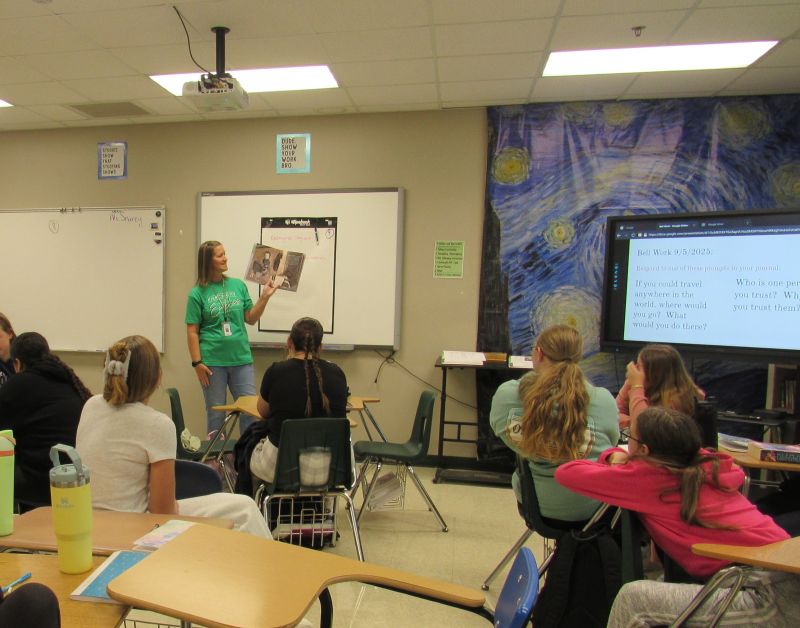
Multicultural Monday Read-Alouds
The goal of this project is to increase multiliteracy and multicultural awareness with students through select read-aloud books. Of the many excellent books available, thirty were chosen as read-alouds for sharing weekly with the class throughout the school year. For each book, I also created a mini…

Bringing Families Together:
The Monett community is home to a linguistically diverse population, with students speaking over twenty different languages or dialects. The number of families considered Newcomers, those newly arrived in the United States, is rapidly increasing in our schools. As a result, it is critical for…

Multilingual Language Games:
Many times, families do not have access to language and education-based resources. The multilingual board game lending library is designed to celebrate bilingualism and help bridge the gap between home and school. Games encourage growth in the areas of English language acquisition as well as each…

Read, Speak, Succeed: Empowering Future Global Communicators
The primary objectives of this project are twofold: to enhance literacy and language proficiency by reading Spanish-language books and materials. Given that my students are studying Spanish with the ultimate aim of effective communication, it is essential for them to excel in both understanding…

Using Bilingual Texts to Support Translanguaging for English Learners
English Learners (ELs) face unique challenges in the classroom. In order for them to access grade-level curricula in their second language (L2), educators—both English Language Development (ELD) teachers and classroom teachers—provide many types of scaffolds to support students' understanding. Some…

Reading Artwork: Using Family Dialogue to Aid Meaning-Making for English Learners
Visual literacy and peer conversations are critical components of early language learning. This project creates new interactions for English Learners (ELs) between their peers and family. First, by engaging in classroom conversations while “reading” art, followed by sending wordless…

Illuminating Diversity: A Mural to Share Stories through a Multicultural Lens
This project included a 10-Day Artists-in-Residency with Rodrigo Alvarez and Isaac Tapia. These artists worked with students in our English Language Development (ELD) Program to design and paint a 10’x40’ mural, emphasizing the cultural and linguistic diversity of Parkview students both past and…

World Fest: Showcasing Cultural and Linguistic Backgrounds
World Fest was a beautiful and successful event! The event was a vibrant celebration of cultural diversity, filled with excitement and enthusiasm. For our Creekmoor English Learners (ELs), World Fest was a wonderful opportunity to showcase their rich cultural and linguistic backgrounds. It was a…

Global Welcome: Bridging Cultures in High School
Given the community's ties to the tourism industry, Branson High School serves a student population with diverse linguistic and cultural backgrounds. This project advocates for multiliteracy through the creation of welcome banners and custom lanyard badges. By creating welcome banners for the school…

The Language Bus: Bringing Early Literacy Skills to the Community
In our community we recently had an increase in students who speak Burmese or Karen. As an Early Childhood Special Education teacher watching the referrals come through, I began to notice that home language literacy needed to be strengthened to develop age-appropriate communication skills. Many of…
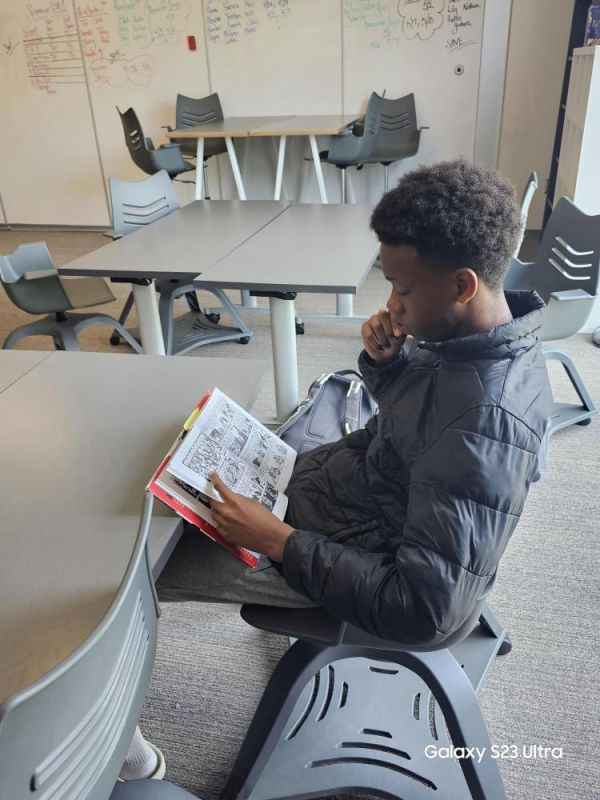
LEADing Internationally: Annual Spotlight Night to Support Learning in Any Language
LEADing Internationally emphasizes a strengths-based approach which values learning in any language (Regional Educational Laboratory Program, 2015). This project seeks to provide materials in students’ home languages (Arabic, Chinese, English, Somali & Spanish) for student project work, required…
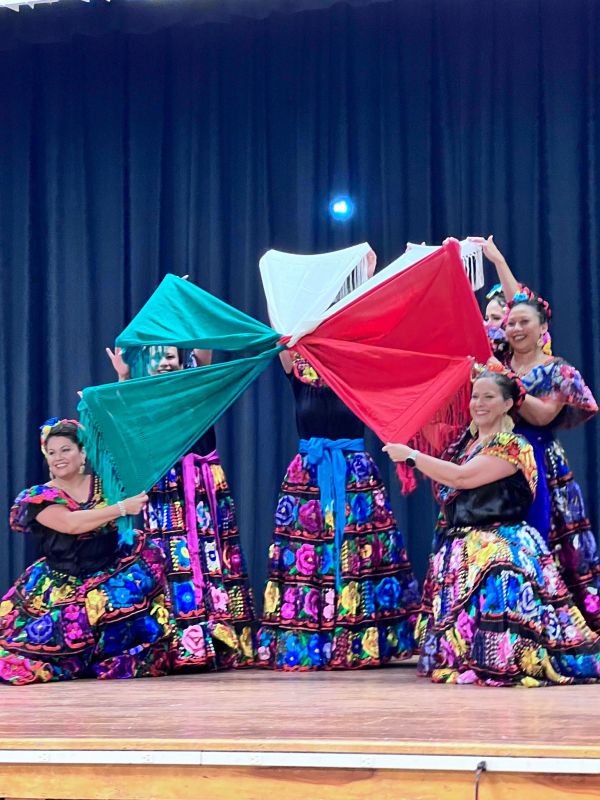
Culturally Aware Comets: Experiencing Different Cultures through Books, Food, and Games
Mark Twain Elementary has a diverse population of students and staff, many of whom come from different backgrounds. Our school's diversity needed to be celebrated and recognized. Many students come from low-income families. These students have yet to have the opportunity to travel or gain…
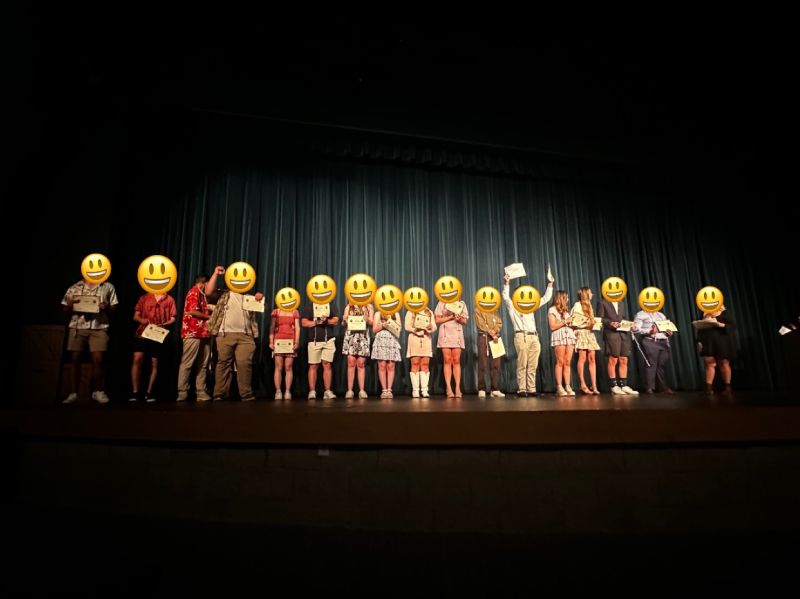
Heritage Voices: Empowering & Celebrating Biliteracy
The Heritage Voices: Empowering & Celebrating Biliteracy project aims to support heritage speakers in developing their bilingual and biliterate abilities. Given the large population of Spanish-speaking students in our district, our primary goal is to provide resources and guidance to heritage…
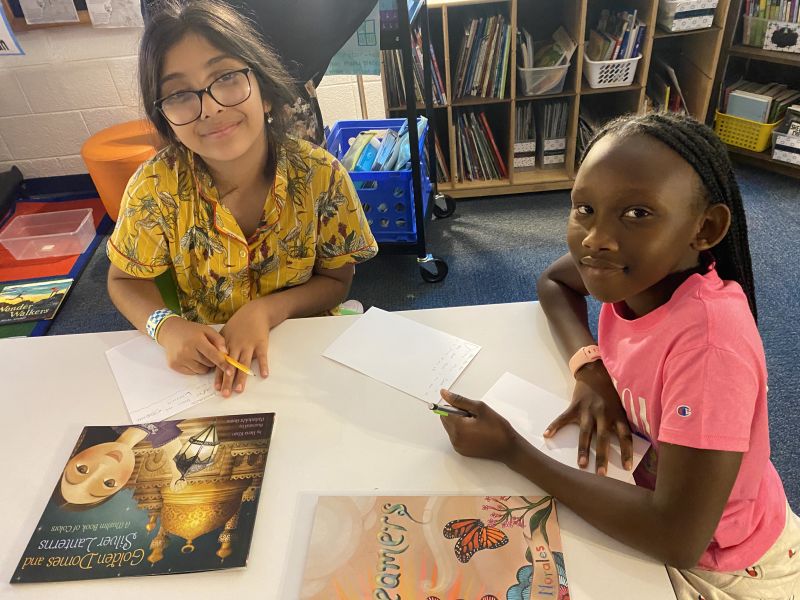
Cross-Town Pen Pals: Support Multiculturalism in Classrooms
The main objective of this pen pal project was to use diverse books representing cultures around the world to make connections with students in a different classroom in the district. Students used multicultural books to collaborate throughout two reading units that focused on theme, inferring, and…
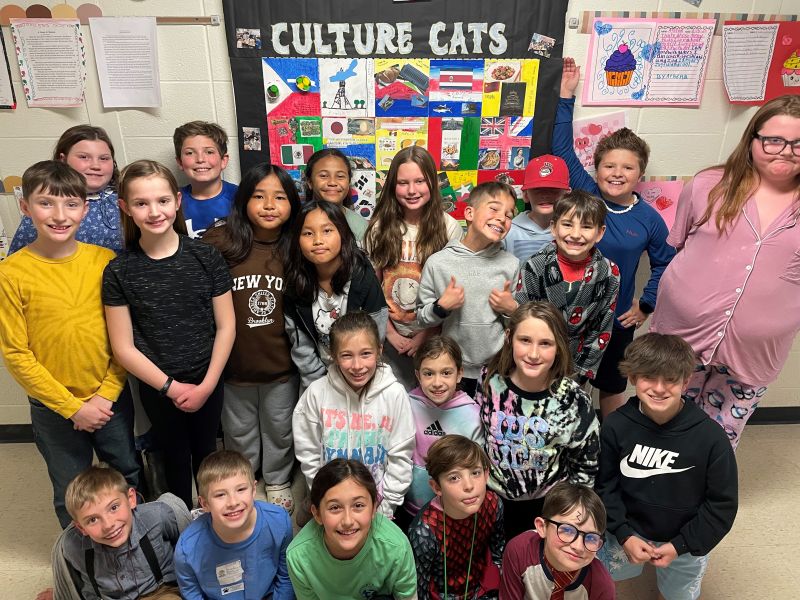
Culture Cats: Exploring Countries and Cultures
Culture Cats is an after-school club that promotes learning and exploring other countries and cultures. We are called Culture Cats because our school has many English Learners (ELs) that make up our student body and our mascot is a wildcat. We use books, guest speakers, games, crafts, and snacks to…
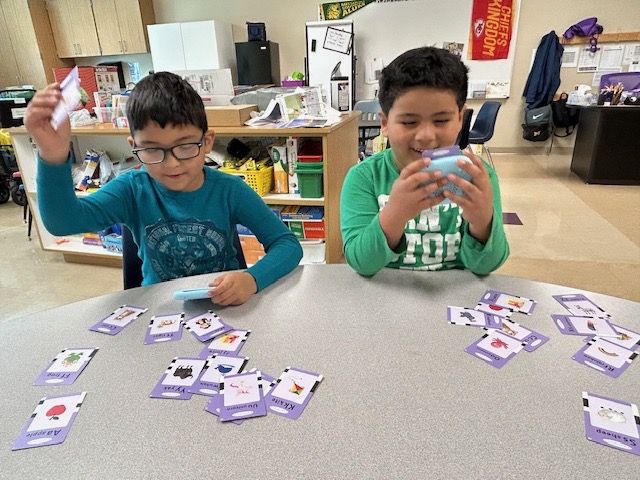
Activities for English Learners: Supporting ELs in the Classroom
The Monett School District boasts a richly diverse student body, with English Learners (ELs) representing the fastest-growing demographic nationwide, having increased by 60% over the last decade (Breiseth, 2015). Our district welcomes students from various countries, with Spanish being the…

Home-to-School Communication: Connections with Wordless Picture Books
The Monett community has twenty plus different languages or dialects spoken here. Newcomer families from other countries are on the rise, and there is a constant need to help students learn English as a second language. The purpose of this project is for students to practice their language skills at…
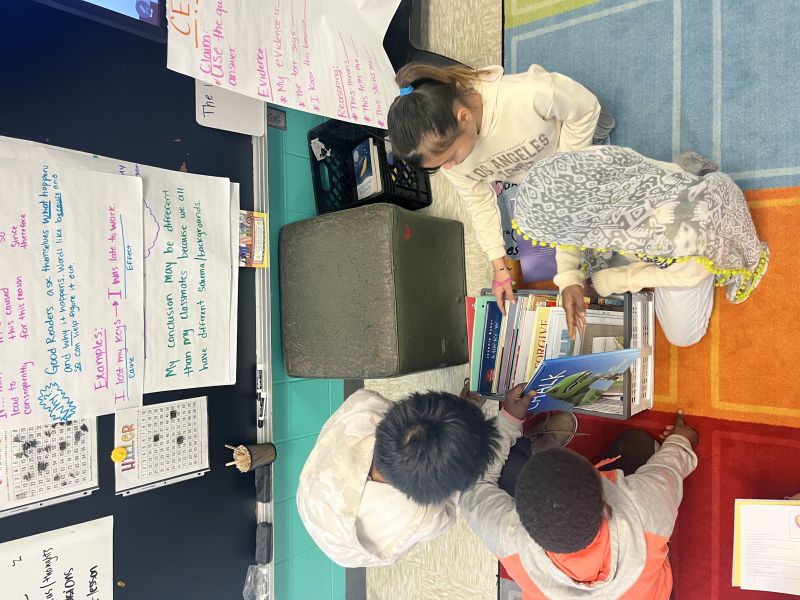
Wordless Picture Books: Bring Life to Language
My project’s purpose is to give English Learners (ELs) access to text through wordless picture books. The goal of using these books in our class and school is to engage students who are multilingual in our classrooms. Students may work on their language skills as well as reading and writing skills…
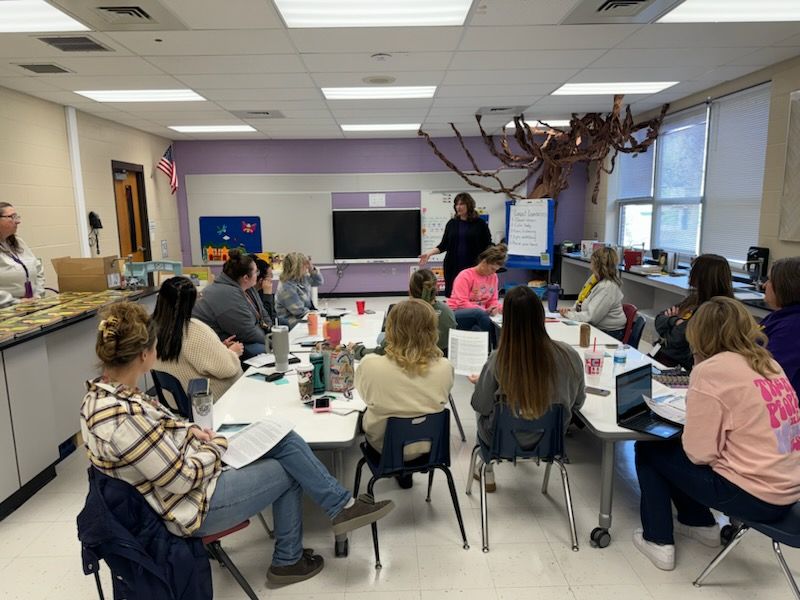
Developing a Culturally and Linguistically Responsive School: Professional Development to Highlight Assets ELs Bring to the Classroom
The Monett R-1 School District serves a large population of English Learner (EL) students; out of 2,346 students, 48% identify as a minority. Many students come from low socio-economic backgrounds and have minimal literacy exposure. About half of the students in each Monett classroom are ELs, and…
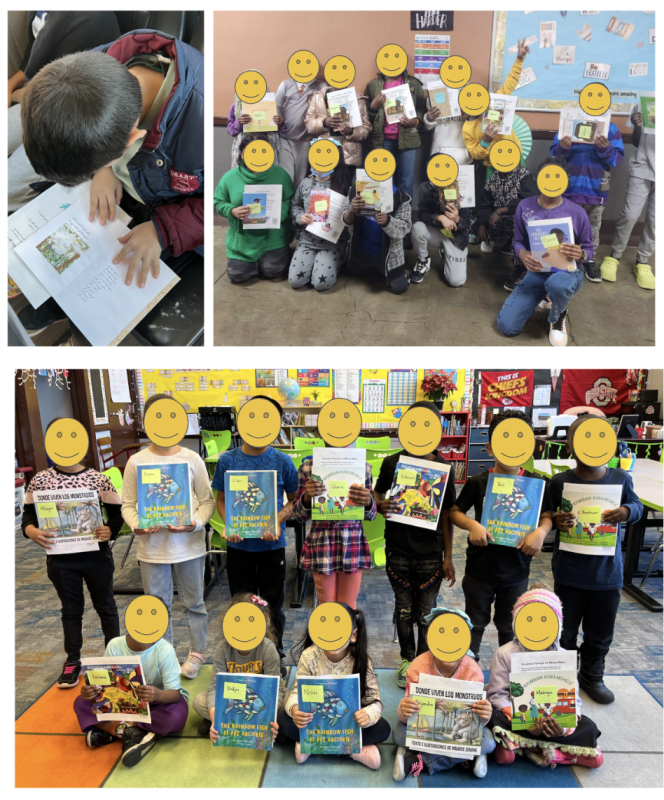
Home Language Reading Skills: Creating Routines for Literacy at Home
As many refugee and immigrant families arrive in America, their focus on language and literacy often shifts exclusively to the English language. Multilingualism is a strength, and it is important that our families maintain their home language literacy skills in conjunction with their English…
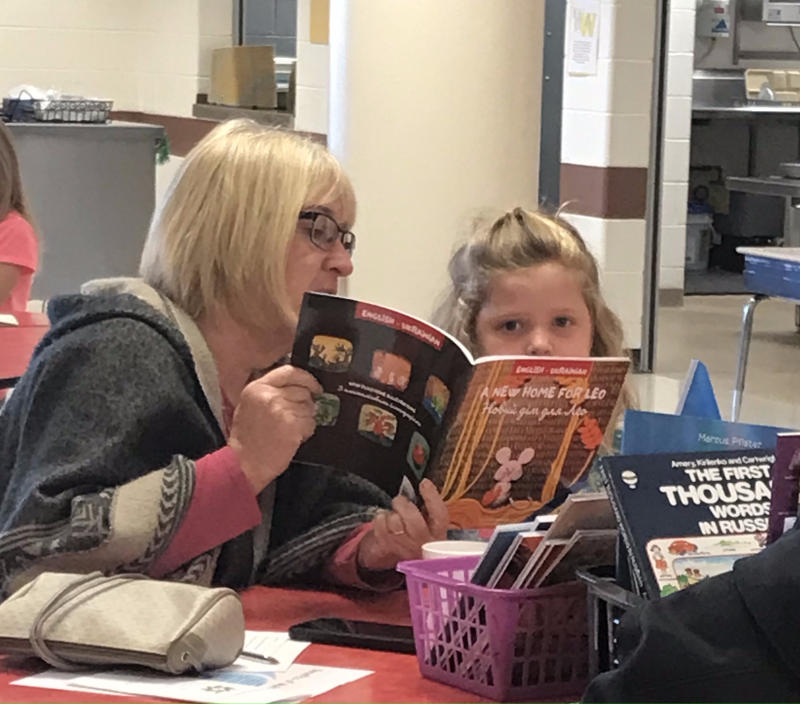
Biliteracy Breakfast: Promoting Multilingual and Multicultural Literature in a Casual Setting
Many multilingual families forgo maintaining literacy in their heritage language in the pursuit of English. It is important to highlight the value and benefits of continuing the development of home languages. By inviting students and families to read together and explore literature and language, we…
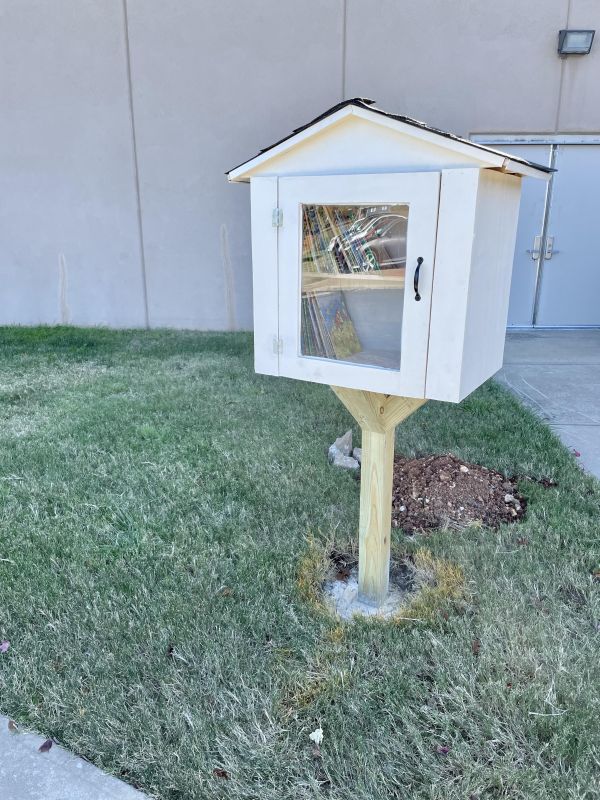
Our Little Library: Using Little Lending Libraries to Meet Multilingual Needs
Many families of English Learners (ELs) are not able to read books from school with their child or help with homework because of the language barrier. Since some families believe they are unable to help their children with English and/or homework, they can become very disconnected from their child…
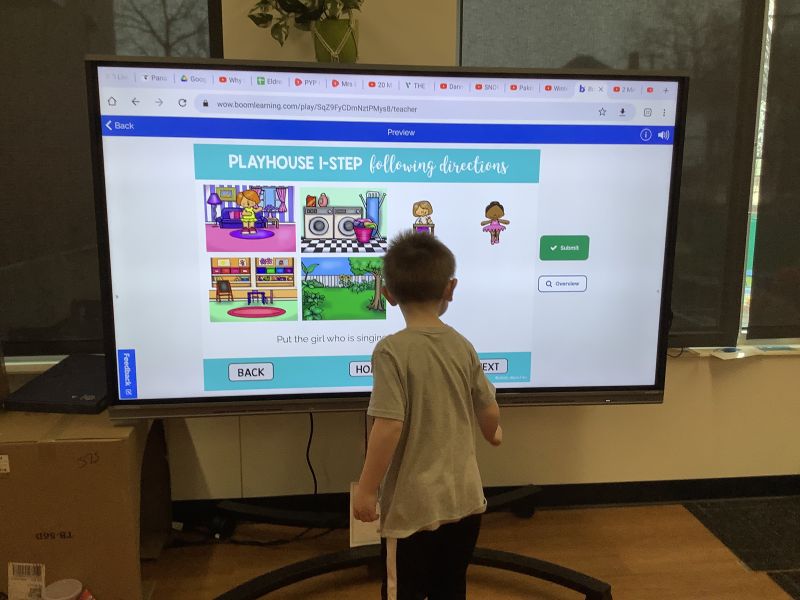
Rounding Up Resources: Helping Early Childhood Teachers Meet Multilingual Learner Needs
There are many resources available to support educators of English Learners (ELs), however, having access to those materials isn’t always easy. One cannot overstate the value of having resources available for teachers. We know that “without specific knowledge related to language development, even…
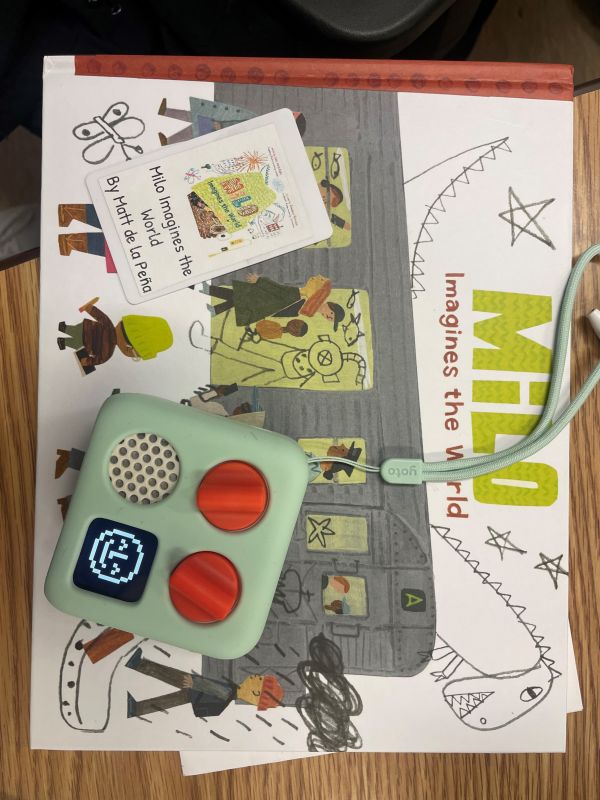
Multilingual Listening Library: Using Yoto audio players to support all students
Three second-grade classrooms offered their students access to a multilingual listening library. The main objective of this project was to promote the use of home languages and encourage English language acquisition.This project had two primary goals:To provide students with frequent access to…
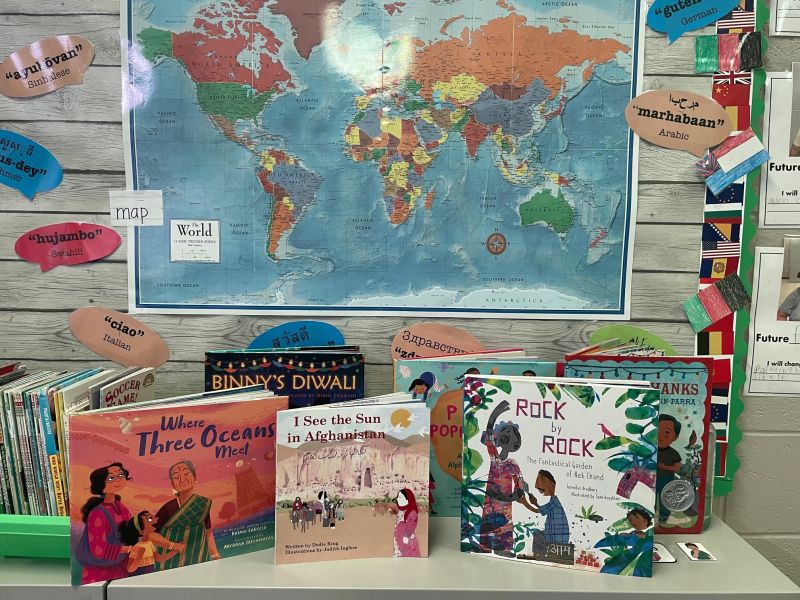
Around the World: Family Literacy Night
Around the World Family Literacy night is a project designed to highlight differences in culture and build literacy skills. As an EL teacher in my district, I understand the importance of creating opportunities for our students and families to learn about other cultures within our school community.…
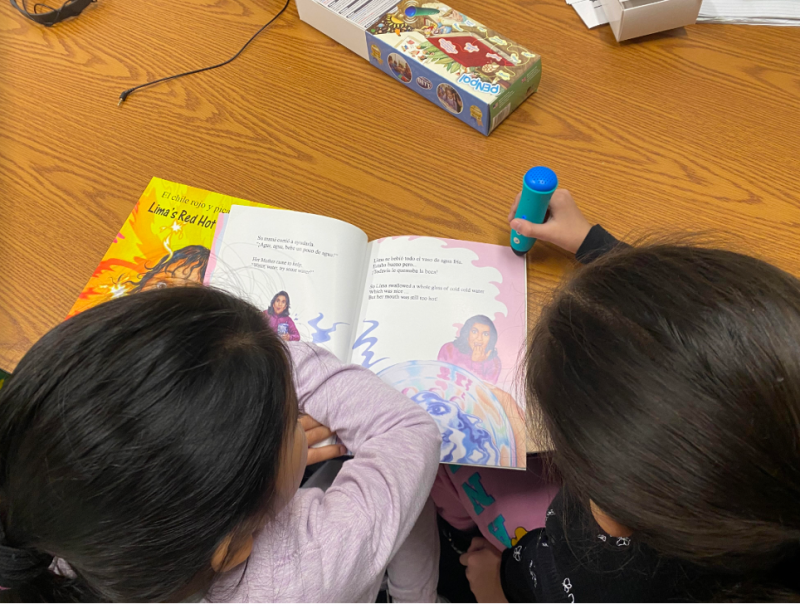
Home-to-School Literacy Project: Increasing family literacy with bilingual resources
Family literacy activities are essential for student academic success in school. The Home-School Literacy Project equips students and parents with bilingual activities, books, and resources to support their literacy skills. Families participate in a literacy night to share their own experiences and…
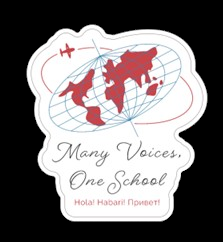
Many Voices, One School: Using QR codes to give ELs a voice
Many of our students come to us from various countries, backgrounds, and cultural experiences. While some families bring educational experiences from their home countries before relocating to the United States, others, particularly our newcomers, may not have a strong literacy background or history…
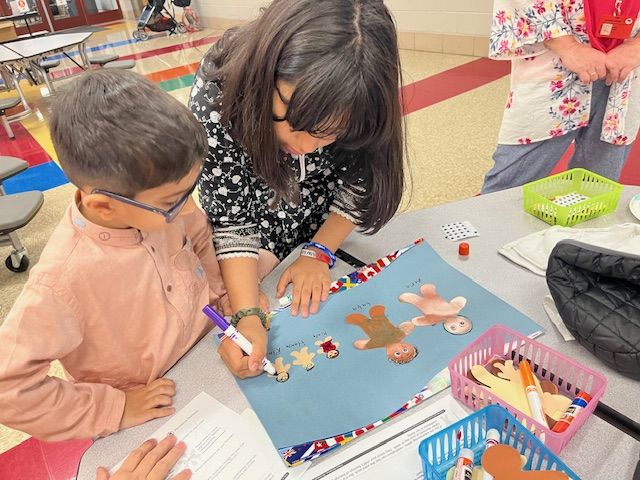
A Multicultural Pirate’s Reading Night
Our school mascot is a pirate. My project, A Multicultural Pirate’s Reading Night, was an event in which multicultural families who have children enrolled in Preschool or Kindergarten were invited to learn about the importance of promoting literacy in their first language as well as English. The…
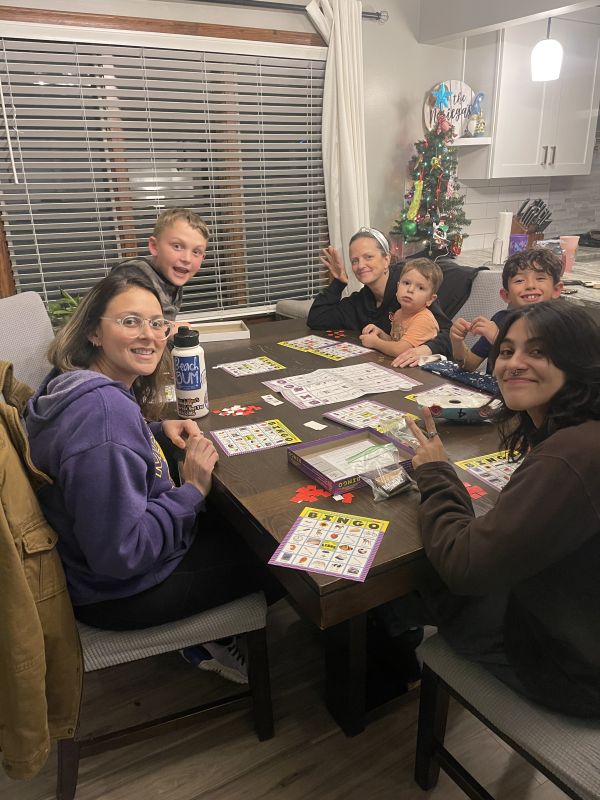
Promoting Family Conversations in Multiple Languages
There is a need for deep conversation, even at a first-grade level. The purpose of the project is to promote conversations between students and their families via play, read-alouds, and everyday activities through literacy kits that students can check out. The kits include books, phonics games,…
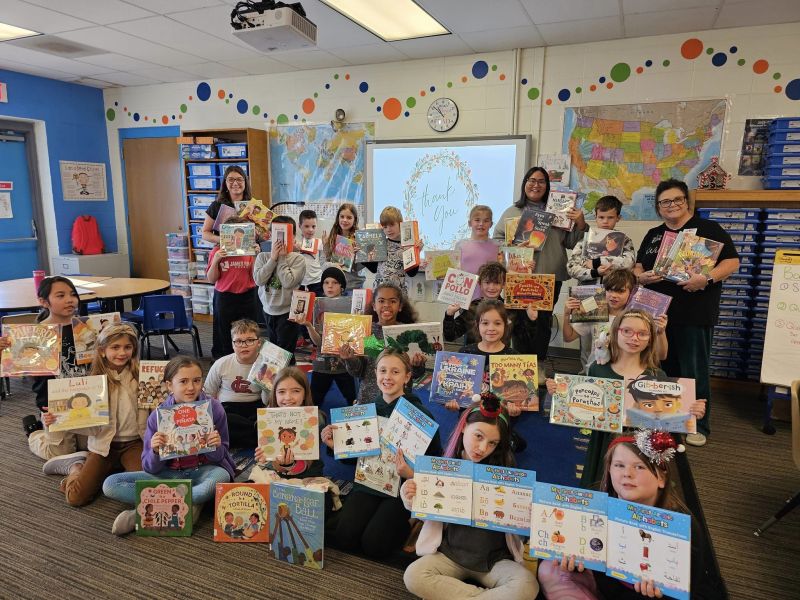
Celebrating Multilingual Magic: Nurturing the Social and Emotional Well-being of ELs
Wanda Gray Elementary stands as a cornerstone for education in Springfield, Missouri, providing a nurturing space for a diverse student population. Currently hosting 483 students weekly, with 29 benefiting from English Language Development (ELD) services and speaking languages other than English at…

A World of Languages in Our Classroom: Celebrating cultural diversity with guest readers
As a model language-rich classroom in my district, it is my goal to provide a comfortable, interactive environment for our multilingual students and their families. When students see their native language in books, posters, and through multimedia presentations they feel valued and have a sense of…
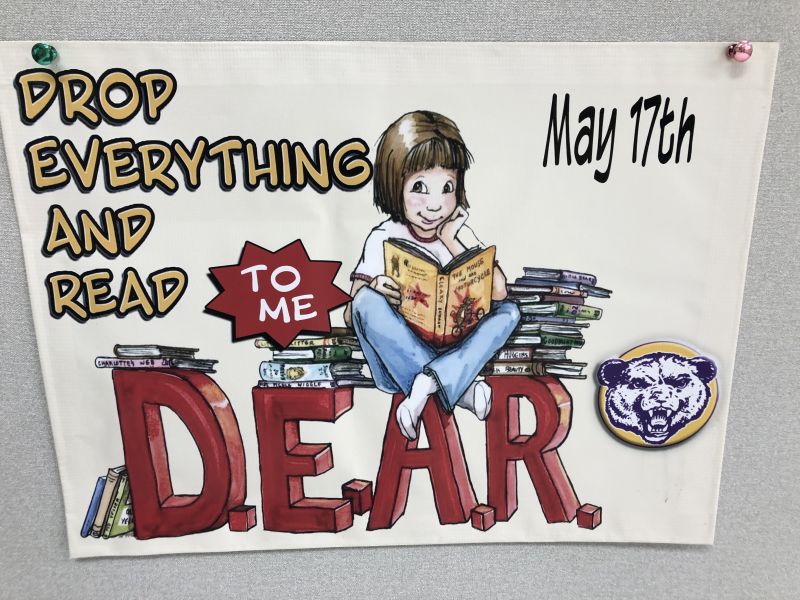
DEAR to Me: Fostering biliteracy through middle school mentors
DEAR to Me stands for Drop Everything and Read to Me and that is exactly what happened at the Monett Early Childhood Center.DEAR to Me is a special time for Middle School students to come and read in small groups. Our kindergarten students got to hear books read to them in English, Spanish and…
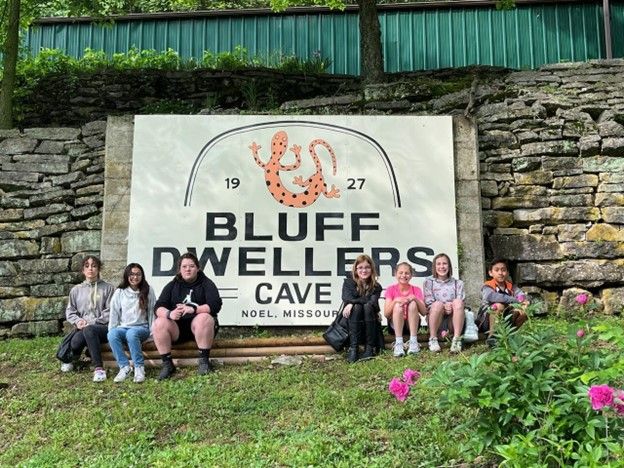
Dig Into Reading: Promoting students reading 15 minutes daily in school and at home
Through the Dig Into Reading multiliteracy project, we have created a culture of reading within our school and are continuing to promote reading engagement at home. We have been able to provide multilingual literacy resources and encouragement to enhance students' reading in their preferred…
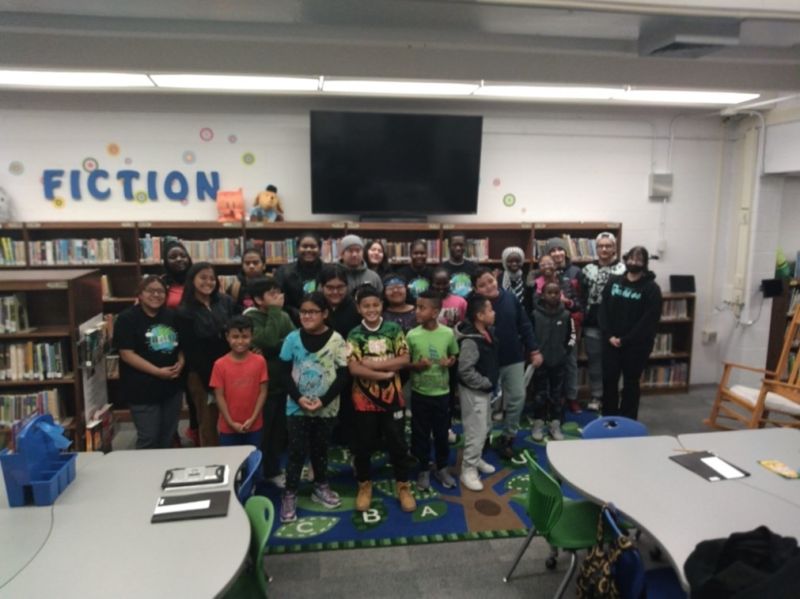
HELLO! HOLA! XIN CHÁO! BONJOU! HALO! Connecting high school and elementary ELs
As the population of English learners (ELs) continues to grow in our community, students can utilize their home language as a means to develop second language skills. The ELL Outreach Program brings together students of different ages yet similar cultures and languages to improve their English…
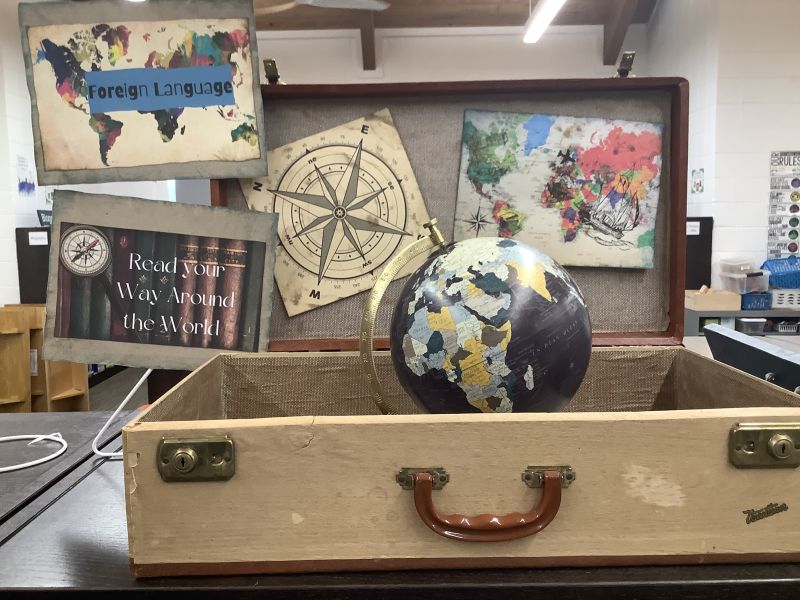
Many Languages, One Shelf: The Building Bilingual Book Section Project
This project allows English learners the opportunity to check out materials that represent diverse cultures and languages. Most materials are bilingual and include English translations on the same page. These resources promote and maintain ELs’ home languages and build English proficiency. As a…
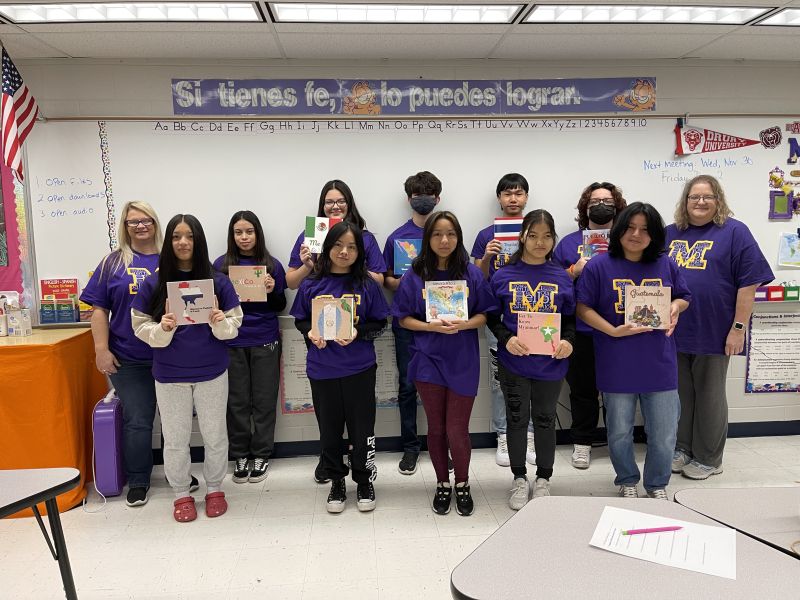
Our Cultural Heritage: Students create a bilingual alphabet book of their home country with family assistance
Our Cultural Heritage is a project designed for students and families to work, share, and learn together. This project is designed for students to practice various reading, writing, and speaking skills to create an alphabet book about their families’ home countries. Using a digital online book…
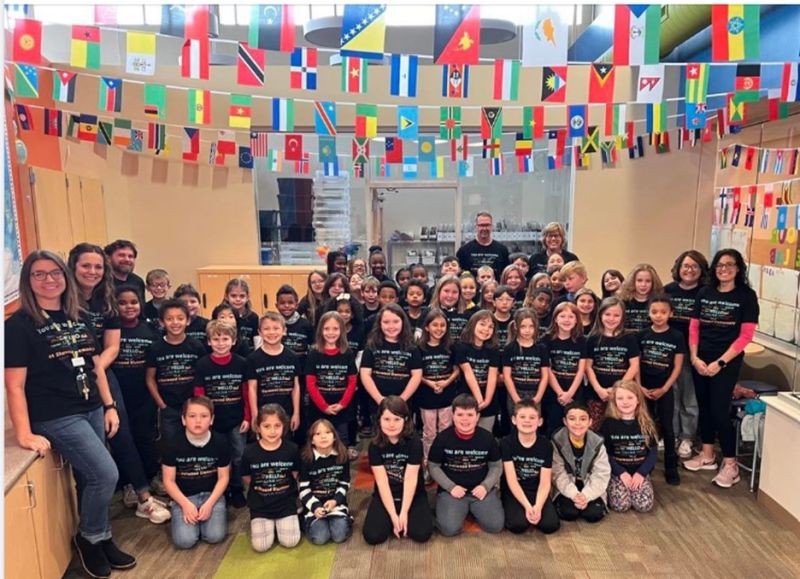
Language Clubs: Promoting cultural diversity and biliteracy
The students in our school come to us from many different backgrounds and cultural experiences. As educators, it’s our job to make all students feel welcomed and safe at our school and in our classrooms. Promoting and valuing the first language helps English learners and bilingual children feel more…
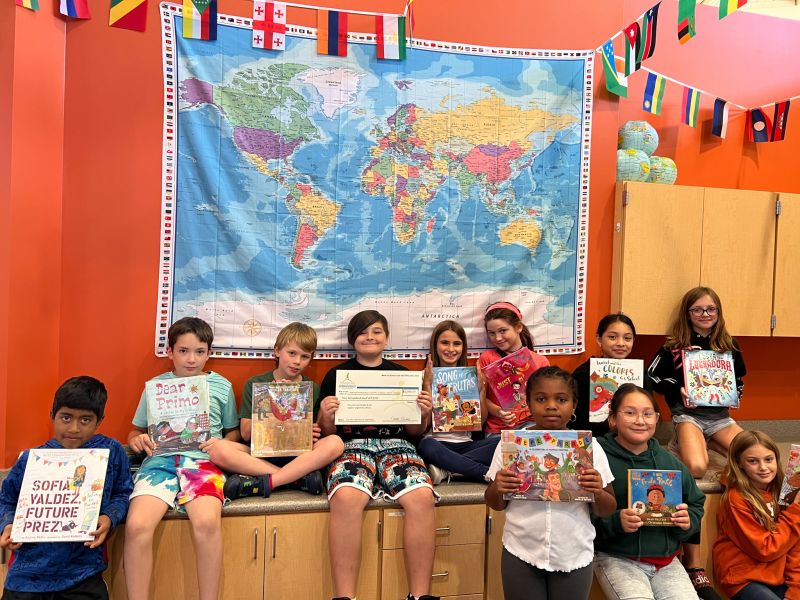
Welcome to Our Language Lab
How can we make our schools more welcoming, accepting, and engaging for our students and families joining us from other places around the world? With a Language Lab!

Multilingual Garden Unit
A community garden not only adds beauty to a school but also instills pride in the students that help build it. By utilizing best practices that teach English Learners (ELs), students explored how to design a garden.
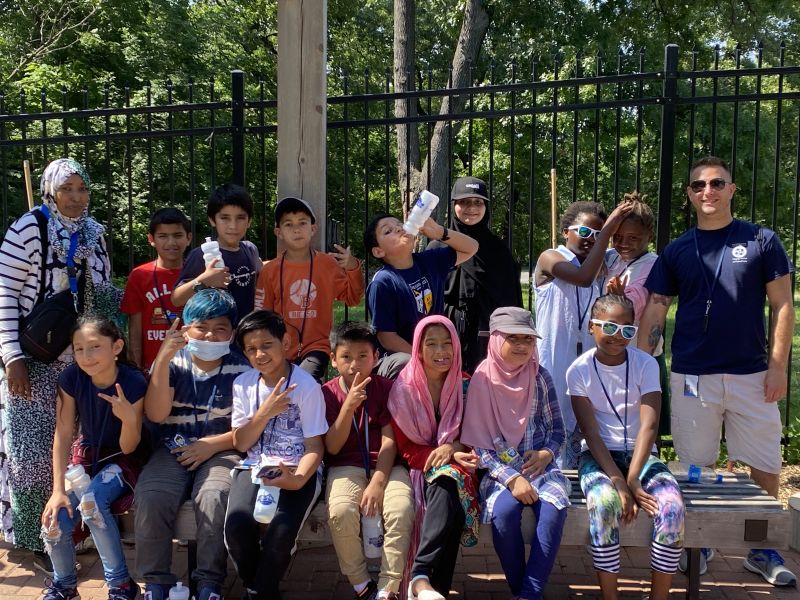
Multilingual Story Garden
A community garden not only adds beauty to a school but also instills pride in the students that help build it. By utilizing best practices for English learners (ELs), students visited a local community garden in the city to learn about gardening and sustainability. They also participated in a story…
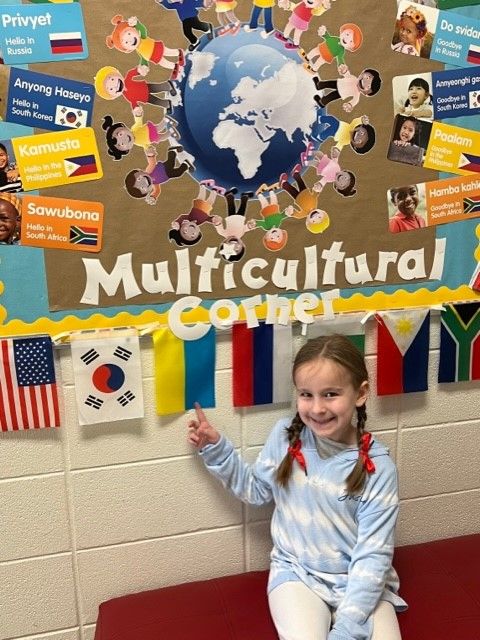
Multicultural Newsletter
The multicultural newsletter aims build connections with multilingual families by getting to know them and by introducing them to the school community. Amber Troye shares her protocol and experiences that can help educators deepen their knowledge about multilingual learners’ home cultures,…

Family Literacy Night
The Family Literacy Night project involves caregivers in the life of an elementary school. In preparation for the event, reading buddies in kindergarten and 4th grade partner to read multicultural books; they also learn to tell wordless picture books and author their own.
Read the full blueprint.
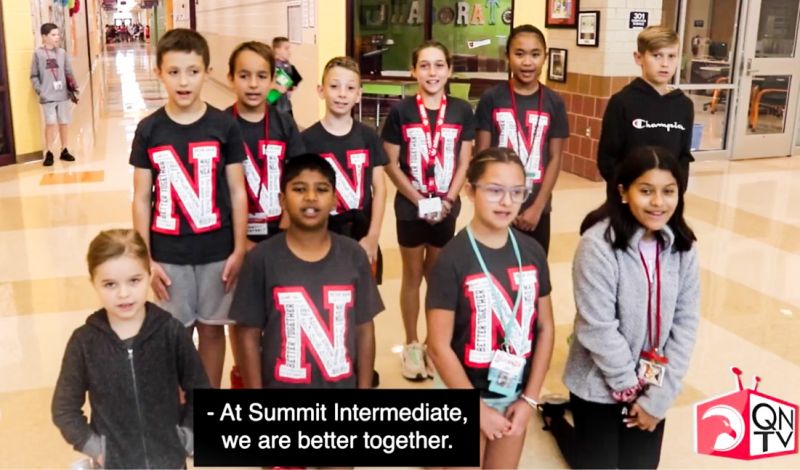
Better Together Unit in Nixa Public Schools
Kara Griffin at Summit Intermediate in Nixa Public Schools presents the blueprint of a project that aimed to welcome new families and unite the school around exploring the home cultures and languages of the students who attend. The project contributed a multilingual collection to the school library…
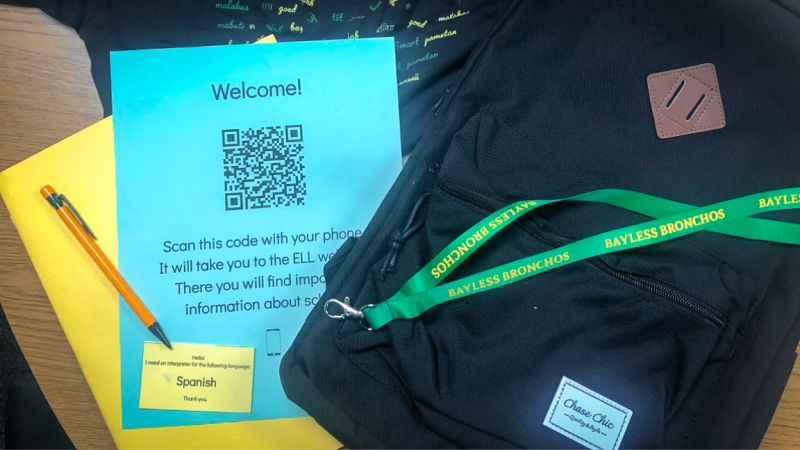
Newcomer Welcome Kits
Sarah Reeves at Bayless School District in St. Louis, Missouri describes her school's activities that aimed at creating a welcoming environment for newcomer refugee families by supplying them with useful items in a thoughtfully assembled backpack.
Read the full blueprint.
